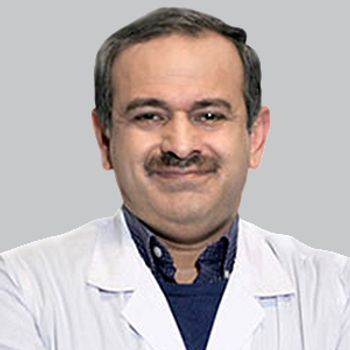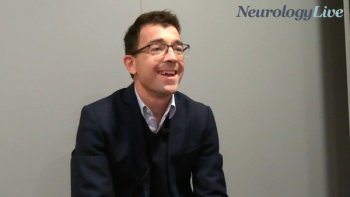
Predicting Multiple Sclerosis Risk: GEMS Project
By studying first-degree relatives of patients with MS, can researchers perfect a risk algorithm for the disease?
Researchers at Brigham and Women’s Hospital (BWH) and the National Institute of Neurological Disorders and Stroke (NINDS) have initiated a new project to identify those at risk for multiple sclerosis (MS).
“By focusing on first-degree family members of MS patients, the research team seeks to better understand the sequence of events that leads some people to develop the disease. Their work also sets the stage for developing and testing interventions with which to block the onset of MS.”
The scientists introduced the Genes and Environment in Multiple Sclerosis (GEMS) project via a new report published in the Annals of Neurology.1 The investigators will assess risk using both genetic and environmental assessments in 2632 first-degree relatives of people with MS residing in the United States.
“This first report from the GEMS study is important because it shows that we can recruit the large number of family members that is necessary to perform a well-powered study of MS risk factors,” noted first author Zongqi Xia, PhD, of BWH’s Ann Romney Center for Neurologic Diseases.2
In the initial analysis, the researchers found a subset of family members that may be at higher risk for MS. The risk factor assessment could help identify those individuals who might be most likely to develop MS, although further work is needed to refine the MS risk algorithm.
“Early detection of MS means the possibility of earlier treatment, which could delay the accumulation of disability,” remarked author Phil De Jager, MD, PhD, Director of the Program in Translational NeuroPsychiatric Genomics at the Ann Romney Center for Neurologic Diseases at BWH. “Our long-term goal is to map out the sequence of events leading from health to disease, in order to be able to identify and intervene early in individuals at high-risk of MS,” he added.2
Recruitment has been accomplished through both patient advocacy groups including the National Multiple Sclerosis Society, as well as through Facebook. A
Several measurements are being collected for the study, including a medical history questionnaire, family history, and exposures from the environment, as well as saliva collection for DNA analysis.
“Since the disease likely starts many years before the first symptom appears, we do not yet understand how genetic and environmental risk factors come together to trigger MS,” stated co-senior author Daniel Reich, MD, PhD, of the Division of Neuroimmunology and Neurovirology at the NINDS. “When a patient comes to see a neurologist for the first time, the process of brain inflammation is well underway, since many lesions have few or no symptoms.”2
The initial report and overall project could greatly help in assessing risk and facilitating prevention of MS.
“This report is an important first step. We do not yet have a tool that we can use clinically to predict MS. To develop such tools further, and to develop a platform for testing strategies to prevent the disease altogether, we are expanding GEMS into a larger collaborative study that will accelerate the progress of discovery and bring together a community of investigators to overcome this important challenge,” says De Jager. “Overall, the risk of MS remains very small for most family members. The most effective therapies for MS will ultimately be those that prevent its onset, as halting inflammation and disease progression are much more difficult once the disease has become established.”
References:
1. Xia Z, et al.
2. EurekAlert. Predicting who will develop multiple sclerosis. 8 Feb 2016.
Newsletter
Keep your finger on the pulse of neurology—subscribe to NeurologyLive for expert interviews, new data, and breakthrough treatment updates.































